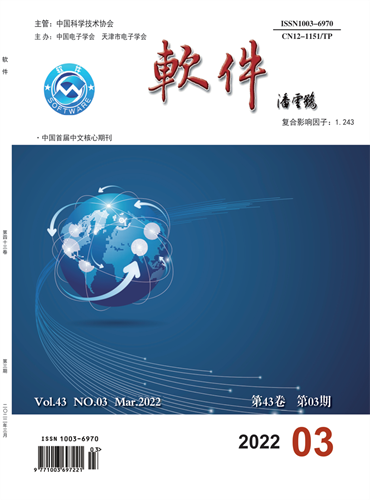生成逆向工程工具的系统
引用次数: 2
摘要
大多数当前的逆向工程技术都是从分析系统的源代码开始的,基于编译器技术来获得结构信息。作为该领域成熟的结果,存在一些允许自动生成语言处理前端的正式程序模型。然而,软件工程师必须对实现程序模型的数据结构和实现所需分析的算法进行编码。因此,当代码分析领域被很好地理解时,经济上的便利常常导致严格的代码分析人员执行一组固定的分析并生成标准报告,而用户只能对其进行少量的定制。我们已经实现了一个用于开发代码分析器的系统,该系统使用唯一的数据库来存储无丢失的细粒度中间表示和分析结果。分析器是根据用面向领域的语言表示的所需分析的非常高级的规范自动生成的。我们使用称为F(p)的代数表示作为用户可见的中间表示。分析器是用一种称为F(p)-l的基于逻辑的语言指定的,该语言允许以遍历代数表达式的形式指定分析,并访问和存储代数表达式索引的数据库信息。一个外语接口允许分析器嵌入到C程序中,以促进与其他工具的互操作。本文章由计算机程序翻译,如有差异,请以英文原文为准。
A system for generating reverse engineering tools
Most current reverse engineering techniques start with an analysis of the system's source code to derive structural information, based on compiler technology. As a consequence of the maturity of the field, several formal program models exist that have allowed the automatic generation of language processing front-ends. However, the software engineer has to code the data structures that implement the program model and the algorithms that implement the desired analysis. Thus, while the domain of code analysis is well understood, economic convenience very often leads to rigid code analysers that perform a fixed set of analyses and produce standard reports that users can only customise marginally. We have implemented a system for developing code analysers that uses a unique database to store both a no-loss fine-grained intermediate representation and the analysis results. The analysers are automatically generated from a very high-level specification of the desired analyses expressed in a domain-oriented language. We use an algebraic representation, called F(p), as the user-visible intermediate representation. Analysers are specified in a logic-based language, called F(p)-l, which allows the specification of an analysis in the form of a traversal of an algebraic expression, with accesses to, and stores of, the database information that the algebraic expression indexes. A foreign-language interface allows the analysers to be embedded into C programs to facilitate interoperation with other tools.
求助全文
通过发布文献求助,成功后即可免费获取论文全文。
去求助
来源期刊
自引率
0.00%
发文量
11857
期刊介绍:
Computer engineering & Software, founded in 1979, is an academic journal of information technology sponsored by China Association for Science and Technology and China Institute of Electronics and Tianjin Institute of Electronics.
Computer engineering & Software has columns such as expert Forum, Fund project papers, software and database technology research, application technology and research, network and communication, image processing and application, multimedia technology application Artificial intelligence and recognition.
Computer engineering & Software is the source Journal of China Academic Periodical Comprehensive Evaluation Database, the Journal of China Core Periodical (Selection) Database, the source journal of Peking University's Chinese Core Periodical Overview (the first edition in 1992), the Journal of Wanfang data-Digital Periodical Group full-text Collection, the Journal of Chinese Science and Technology Periodical Database (full-text edition), and Wave Journals included in the "Copernicus Index" have been included in the United States "Cambridge Scientific Abstracts", the United States "Uhlig International Journal Guide", the JST Japan Science and Technology Promotion Agency database (2018) and other Chinese and foreign databases.

 求助内容:
求助内容: 应助结果提醒方式:
应助结果提醒方式:


